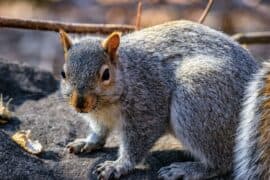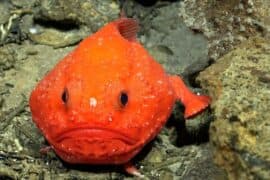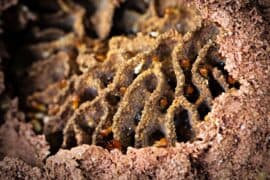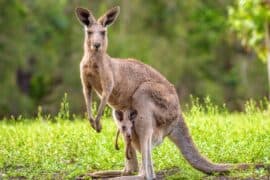Woolly-necked stork
(Ciconia episcopus)
Description
The woolly-necked stork or whitenecked stork (Ciconia episcopus) is a large wading bird in the stork family Ciconiidae.It breeds singly,or in small loose colonies.It is distributed in a wide variety of habitats including marshes in forests,agricultural areas,and freshwater wetlands.The woolly-necked stork is a medium-sized stork at 75–92 cm tall.The iris is deep crimson or wine-red.The stork is glistening black overall with a black "skull cap",a downy white neck which gives it its name.The lower belly and under-tail coverts are white,standing out from the rest of the dark coloured plumage.Feathers on the fore-neck are iridescent with a coppery-purple tinge.These feathers are elongated and can be erected during displays.The tail is deeply forked and is white,usually covered by the black long under tail coverts.It has long red legs and a heavy,blackish bill,though some specimens have largely dark-red bills with only the basal one-third being black.Sexes are alike.Juvenile birds are duller versions of the adult with a feathered forehead that is sometimes streaked black-and-white.The African birds are described as having the edges of the black cap diffused or with a jagged border compared to a sharp and clean border in the Asian birds.Sexes are identical,though males are thought to be larger.When the wings are opened either during displays or for flight,a narrow band of very bright unfeathered skin is visible along the underside of the forearm.This band has been variously described as being "neon,orange-red","like a red-gold jewel",and "almost glowing" when seen at close range.Small nestlings are pale grey with buffy down on the neck,and a black crown.At fledging age,the immature bird is identical to the adult except for a feathered forehead,much lesser iridescence on feathers,and much longer and fluffier feathers on the neck.English common names for this species include Whitenecked Stork,Whiteheaded Stork,Bishop Stork,and the Parson-bird.More recently,the African and Asian populations are considered to be two different species,the African and the Asian Woolly-neck.This is based purely on geographical isolation,but there is no morphological or phylogenetic evidence yet to support this split.
Taxonomic tree:







